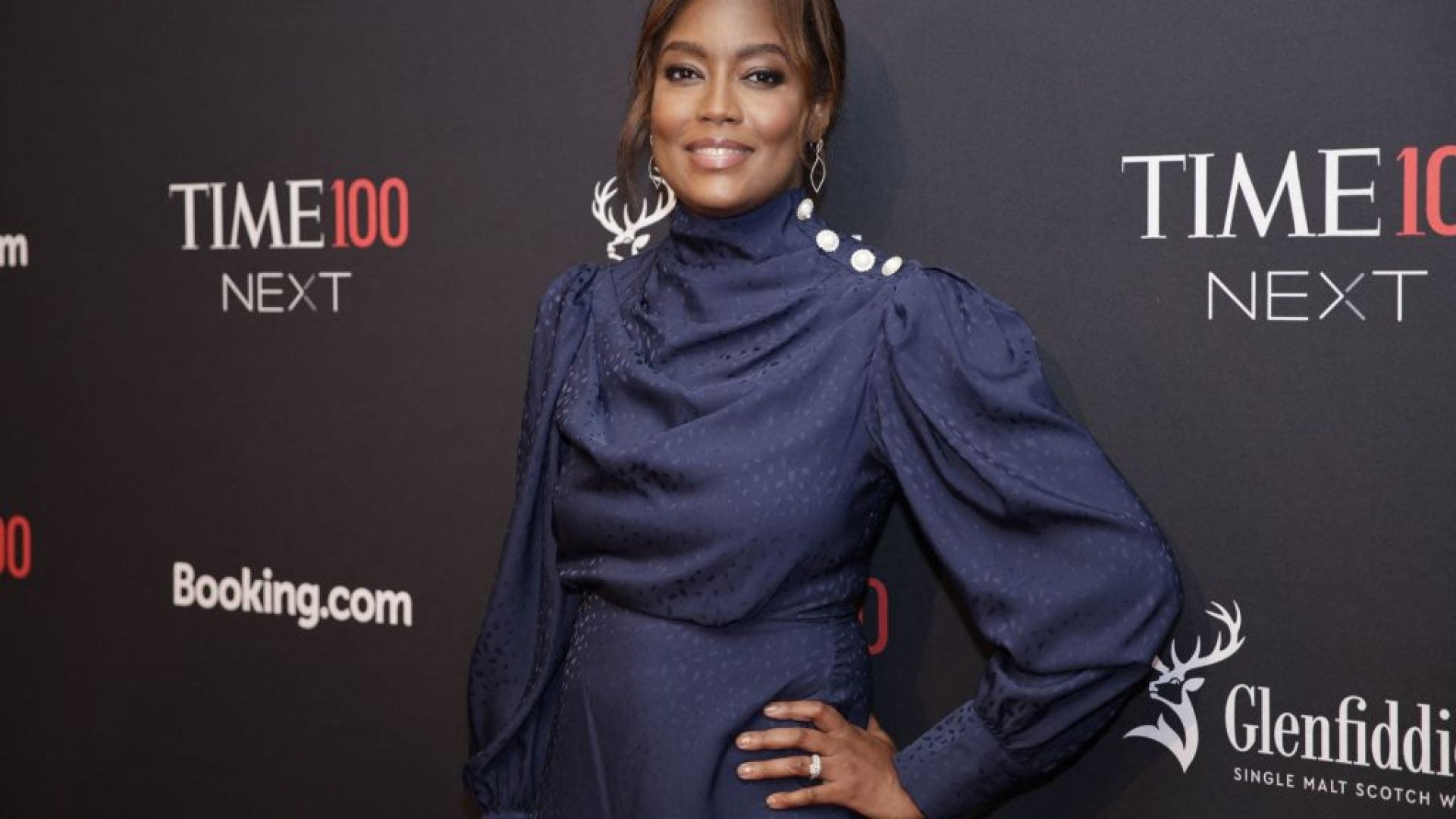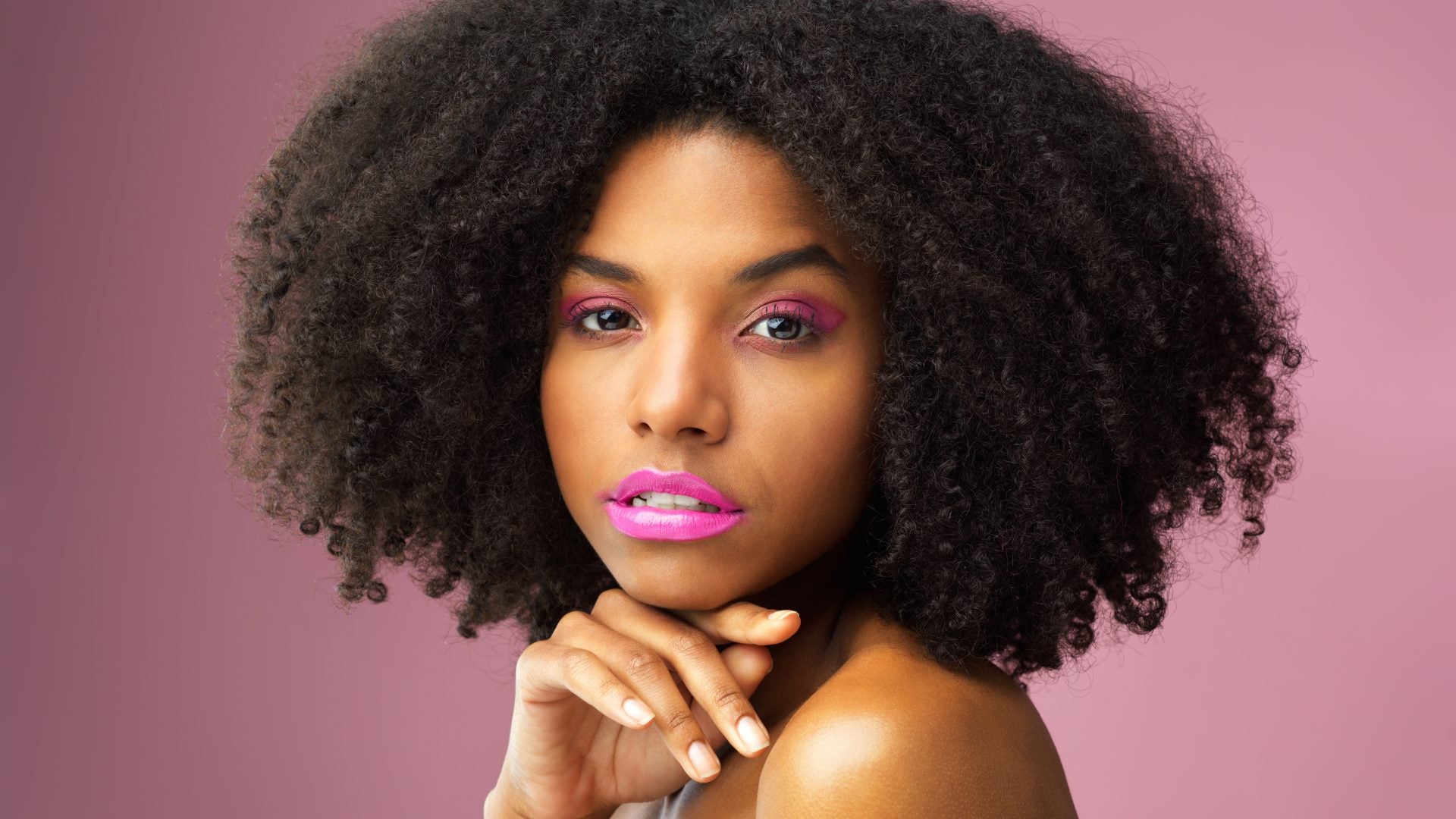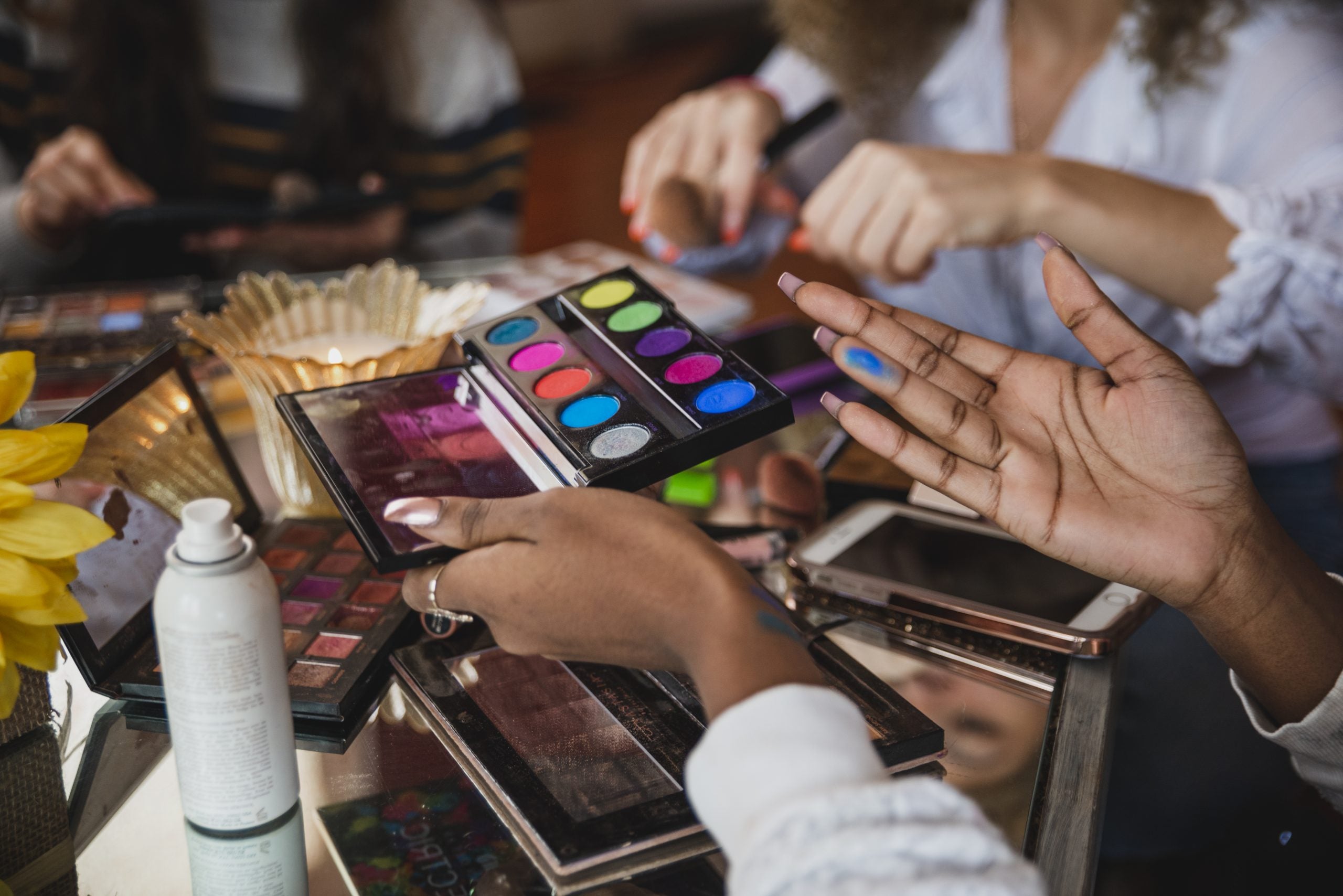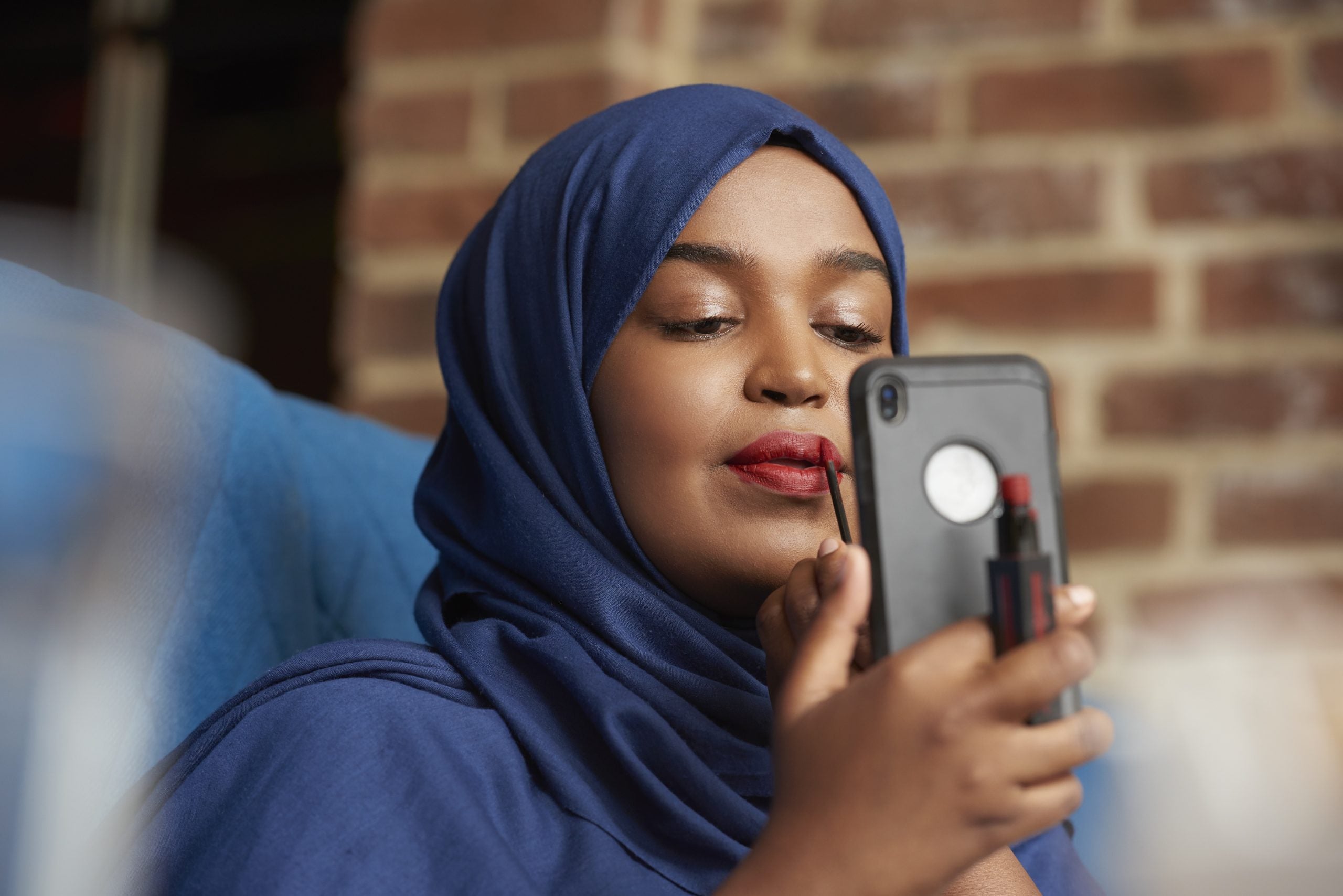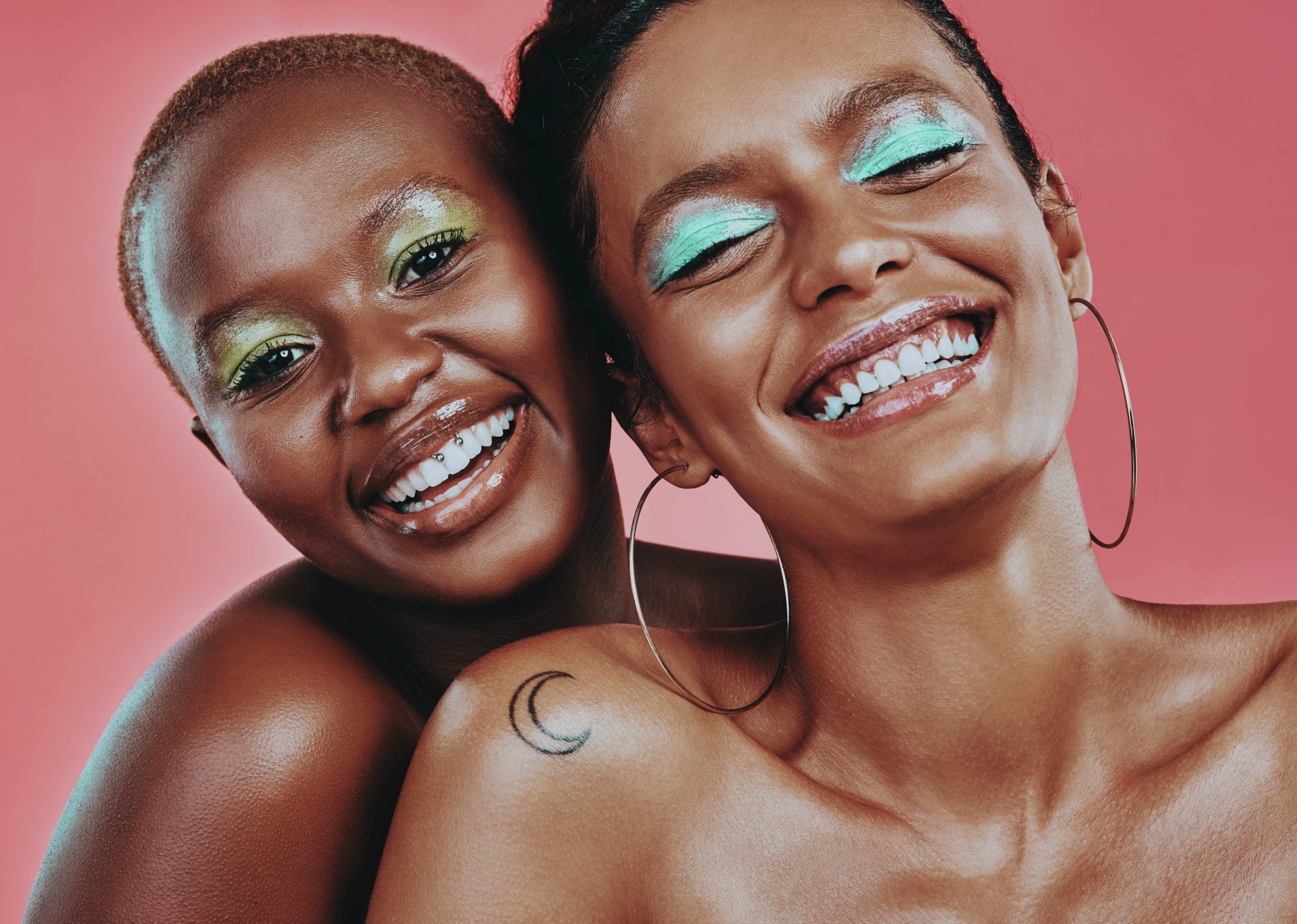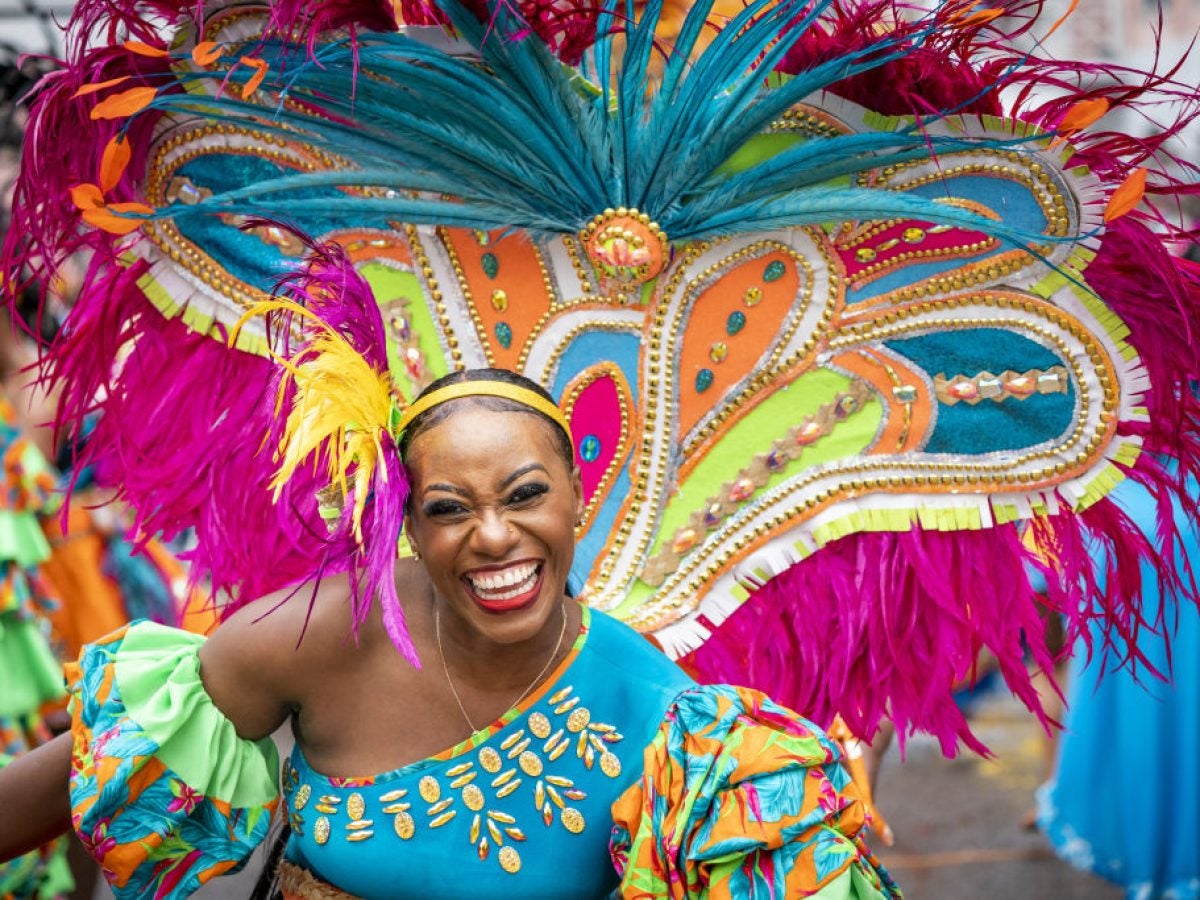
December is a time of diverse celebrations throughout the African diaspora. While Christmas is widely commemorated, the month also features a tapestry of festivities that highlight the rich cultural heritage, unity and resilience of Black people across the globe.
These Pan-African customs go beyond geographical borders, connecting people through shared traditions in the face of ongoing struggles.
JUNKANOO
Junkanoo—known by various spellings, including Jankunu and John Canoe—is a celebration that dates back to the 1700s. The name is said to have been based on the legendary figure “John Canoe,” a revered West African chief. This lively festival is a symbol of cultural identity in the Bahamas, but the holiday is also observed in various forms in Belize, Jamaica and South Carolina.
Junkanoo originated with enslaved -Africans who were granted three days off each year: Christmas, Boxing Day (December 26) and New Year’s Day. These occasions gave them the -opportunity to exalt in their -heritage, their spiritual beliefs and the heroes from their homeland.
Even after the abolition of slavery, Junkanoo lore persisted and evolved. The holiday became a vital part of Bahamian culture and spread to other regions where African traditions were prevalent.
The celebration is characterized by colorful and elaborate costumes, vibrant music (featuring instruments like goatskin drums and cowbells) and spirited dancing. Participants often spend months creating their costumes, which are -visually striking and exemplify fine craftsmanship.
The primary Junkanoo activities take place on Boxing Day and New Year’s Day.
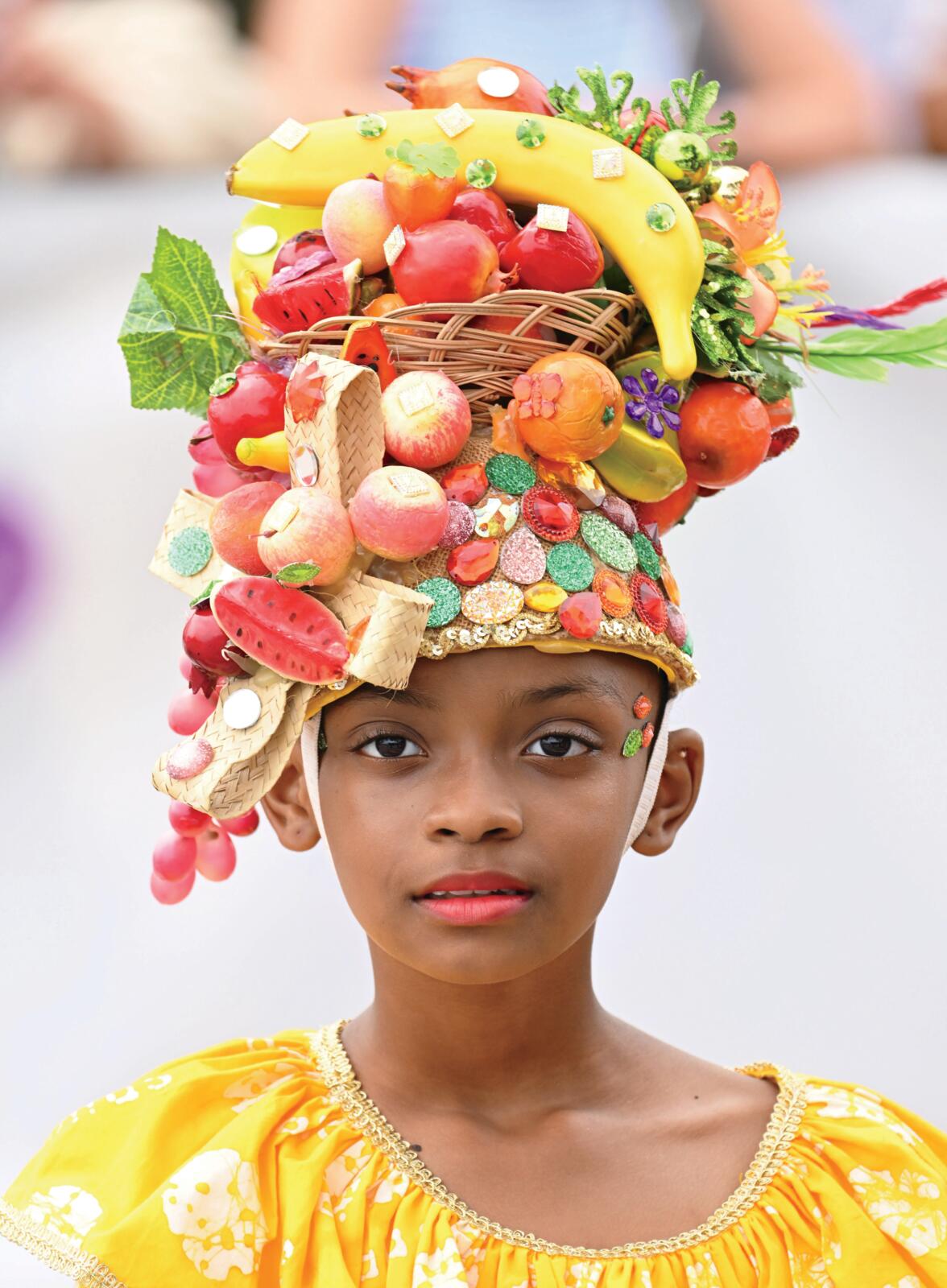
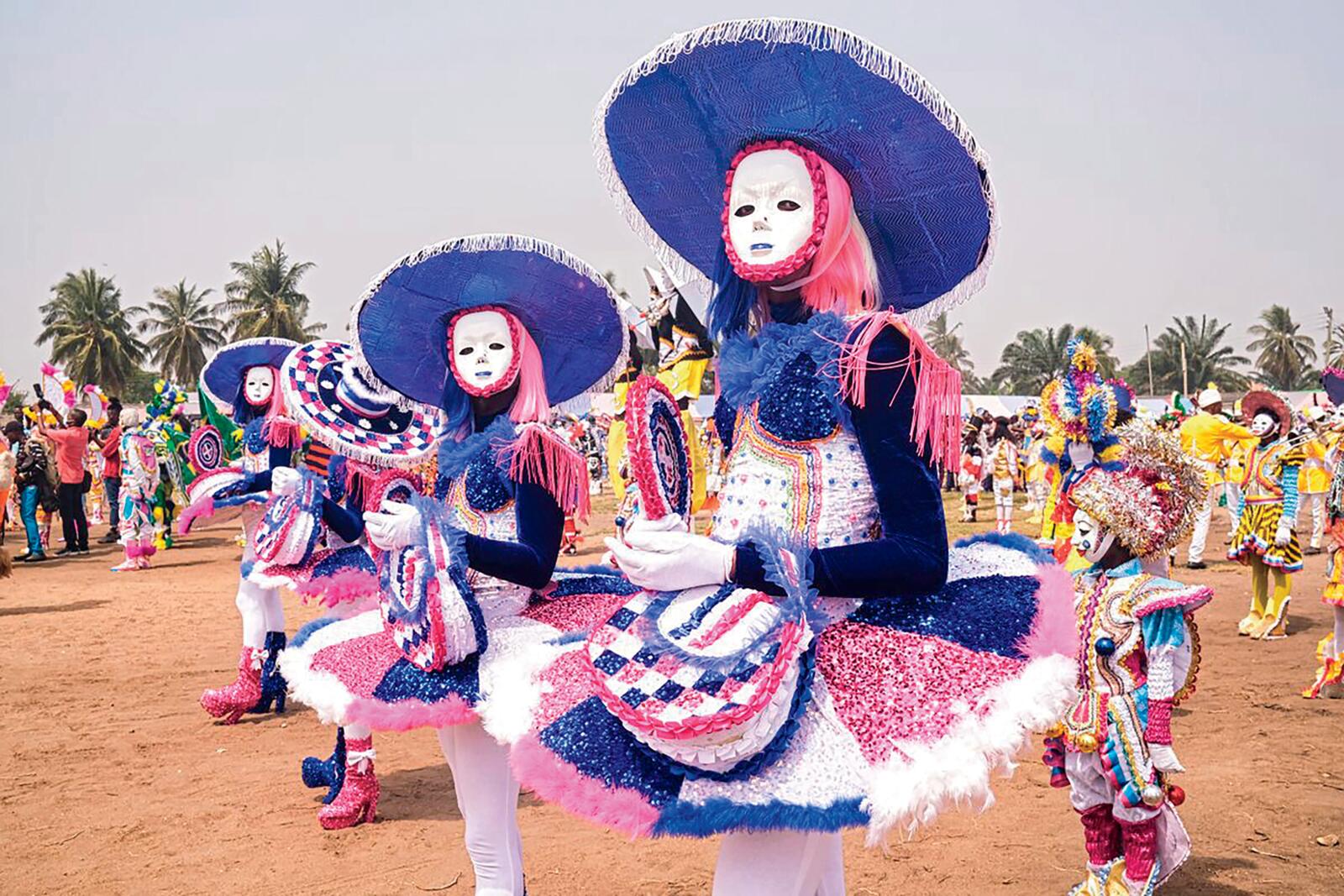
KWANZAA
Kwanzaa, observed from December 26 to January 1, honors African heritage and culture. Its name comes from the phrase matunda ya kwanza, which means “first fruits” in Swahili; it reflects the connection to African harvest festivals, welcoming the first fruits of the season. Each day of the weeklong Kwanzaa commemoration is dedicated to one of seven guiding principles, including unity, self–determination and creativity.
The holiday was created by Professor Maulana Karenga in 1966, during a turbulent period in the U.S. when anti-Black violence and racial tensions were high. Envisioned as a response to events like the 1965 Watts Rebellion in Los Angeles, which signaled the need for community building, Kwanzaa became a way for African–Americans to reconnect with their African roots, strengthen familial bonds and promote communal support.
During Kwanzaa, families often gather to light the kinara (a candleholder with seven candles), discuss the principle of the day and exchange homemade or educational gifts.
The holiday has gained greater recognition and grown outside of the U.S. over the years, including in Canada, South Africa and Barbados. It serves as a meaningful way for African Americans and other people of African descent to celebrate their culture and values.
MASQUERADE
During the Christmas season throughout the Caribbean, you will almost certainly hear the lively sounds of masquerade bands making their way through the streets. The dancing, drumming, elaborate costumes and effigies of the colonial masquerade bands originated in religious festivals of the Igbo and Yoruba tribes of Nigeria. Blending indigenous and European influences, this holiday’s practices take on unique forms across the different islands.
WINNEBA FANCY DRESS FESTIVAL
This event in Ghana is a dynamic and culturally significant celebration, known locally as Kakamotobi. Its rituals have deep historical roots and showcase the fusion of African and -European influences. Its origins lie in colonial Ghana, when Dutch settlers would wear masks and costumes to New Year’s Eve parties. Those costumes often represented fanciful or scary characters.
Ghanaians in Winneba, a town in the Central region, began forming masquerade groups as early as in the 1930s. The festival evolved as a form of cultural expression and social commentary: It allowed Ghanaians to honor their heritage and, in some cases, seemingly mock -European life and dress, through costumes and masks. The costumes are extravagant and have exaggerated features.
The Fancy Dress Festival is held annually on the first day of January, marking the start of the year with a burst of color, music and theatrical performances.
PARANG
Trinidad and Tobago may be known for soca and calypso, but during the holiday period, the islands are transformed into a bastion of spirited folk melodies known as parang music.
Parang bands, which get their name from the Spanish word parranda (meaning “a spree or fête”), embody this holiday with vibrant performances. From October to early January, groups of singers called parranderos spread -holiday cheer by visiting homes throughout the community to share aguinaldos, or “gifts,” of Christmas songs.
The custom of parrenderos going from house to house to sing is often referred to as “paranging.”
The practice can be traced back to the late eighteenth century, when migrant farmers from Venezuela and Colombia were brought to Trinidad and Tobago to work on cocoa plantations. These migrants were primarily of Amerindian, Spanish, Cocoa Panyol and African heritage.
The mix of ethnicities is reflected in the music, with songs traditionally sung in Spanish and accompanied by instruments such as the cuatro—a four-stringed acoustic guitar—maracas, mandolins and a box bass.







Today there is also soca parang, which combines the rhythmic style of Trinidadian soca with traditional parang instruments and English lyrics. Parang is also appreciated and celebrated on other Caribbean islands, including Grenada, St. -Vincent and the Grenadines, and Barbados.
Altogether, these vibrant festivities make the winter months a time of rich cultural expression steeped in history. Despite the odds, many African practices have been preserved and recognized all over the world.

